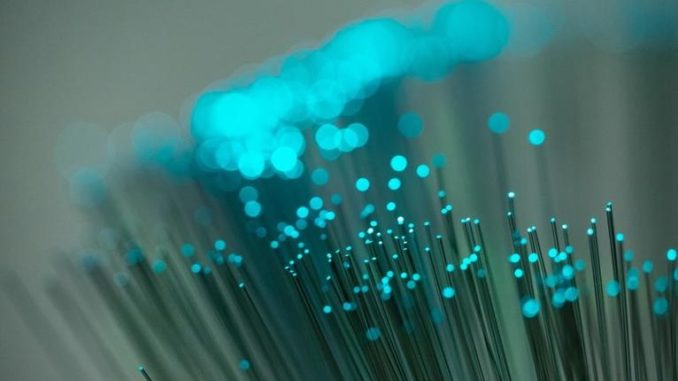
The Guardian, researchers have found a way to detect light twisted in a spiral, allowing it to carry more information that previously possible.
Current fiber optics store information within a light’s color and whether it is a vertical or horizontal wavelength, the Guardian reported. But with spiral light, information can be stored using the orbital angular momentum, or how tightly it spins, the report said. Properly leveraging the momentum allows more information to be carried.
The twisted light idea isn’t new, it’s been around for years. However, this is the first time that a team has been able to create a practical detector to properly read the amount of stored information. A past detector was the size of a “dining table” while the new one is closer in size to a human hair, a researcher told The Guardian.
SEE: 5G technology: A business leader’s guide (Tech Pro Research)
One of the best parts of the discovery is that it can be used to upgrade existing networks—as long as the new cables are installed. However, the system can also work with networks that rely on a bunch of copper wire as well, the researcher told The Guardian.
However, this breakthrough likely won’t mean anything for a long time as it needs to meet certain regulatory compliance standards before it can be used.
Google Fiber played a major part in bringing conversations around fiber internet back into international headlines. After spurring on incumbents to provide similar services, Google Fiber itself turned to wireless initiatives in some instances.
With the rise of 5G and projects like SpaceX’s satellite internet play, there’s also the question of whether or not fiber internet still matters. Even with a scientific breakthrough like twisted fiber, it’s unclear if the major player will stay the course with fiber or abandon ship for 5G and other trends.
The big takeaways for tech leaders:
- A new scientific discovery has revealed a way to store information on spirals of light, which could lead to 100x faster fiber internet speeds.
- With the rise of 5G and other initiatives, the future of fiber internet is uncertain.
Original Article Source from https://www.techrepublic.com, Author: Conner Forrest